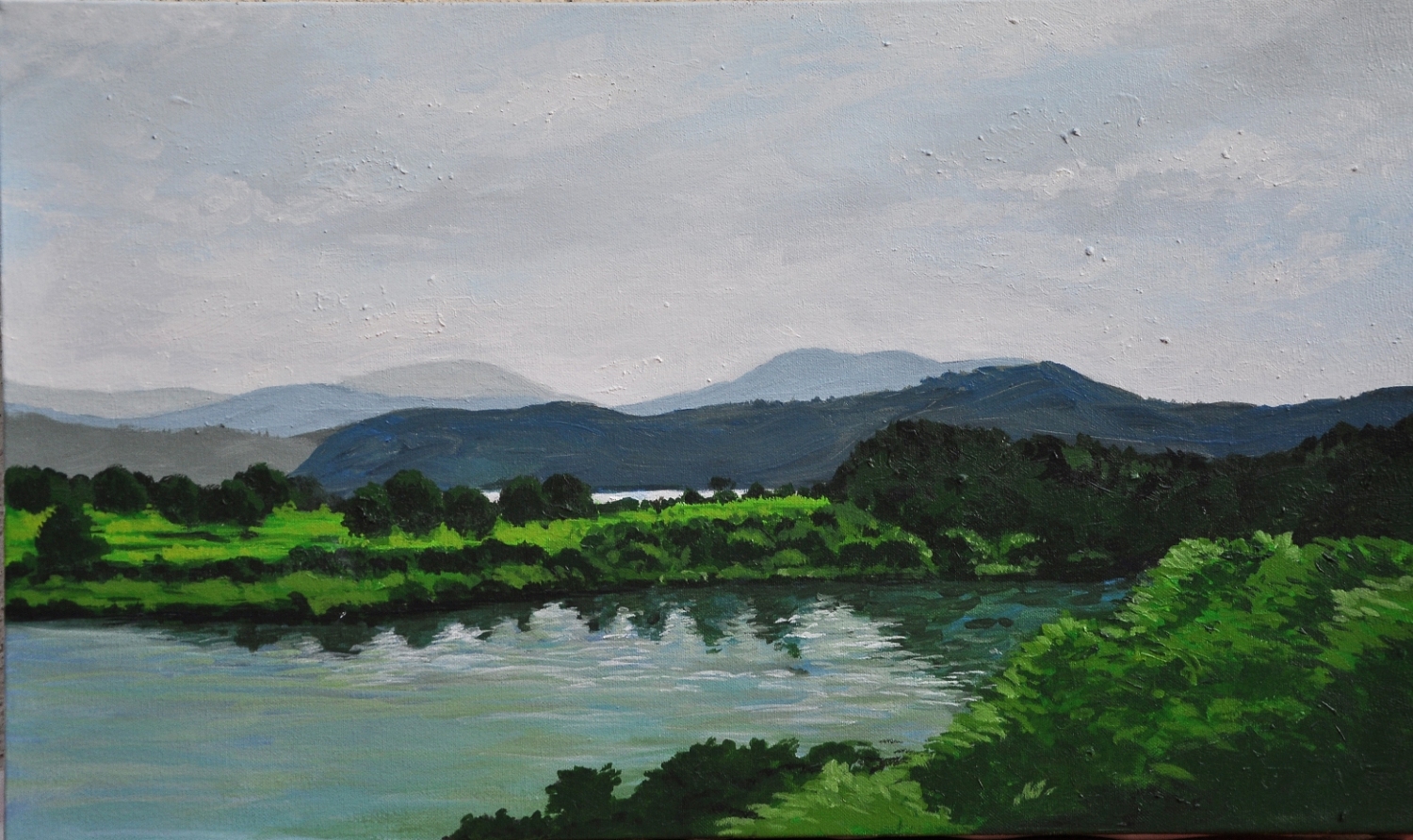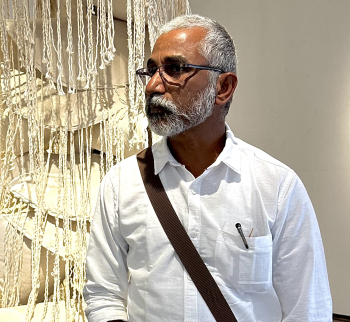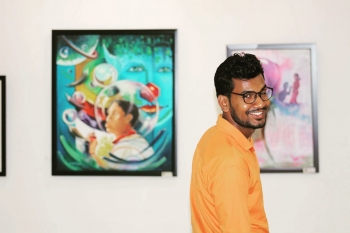
Landscape Painting is the common form of art which illustrates art in terms of landscape such as valleys, mountains, rivers, trees, and forests. Such natural sceneries are expressed with various elements into a comprehensible arrangement. These paintings could be portrayed as that of a real place, imaginary or it can be a combo of actual and imaginary scene. Sky is always considered as part of the landscape paintings and weather is considered as an important element of the composition.
In the beginning, landscapes were only considered as the backgrounds for religious paintings or portraits and were less important at first. Such religious paintings were more of general rural views than that of actual views.
Landscape art was quite famous in the Roman and Greek times with some of the wall paintings on the expensive villas. Though landscape painting is a category of European paintings but it became famous only in the Renaissance. To make it more understandable, artists have started to use colors and figures to depict the various seasons and figures to focus on the events.
Development of Landscape Painting
Landscape Paintings in 15th and 16th century
In the early mid-fifteenth century, landscapes were shown in the pictures as human activities or setting but later, some artists have begun landscape painting with the complete zeal. With the beginning of the Renaissance period, landscape backgrounds have become increasingly popular and by the end of the 15th century, pure landscapes and watercolors from Leonardo Da Vinci, Albretcht Druer and some other came into existence. The full-fledged landscape paintings began only after the Italian Renaissance in the 16th century.
Some of the artists began practicing this form of art with greater independence in this period. Such artists include Joachim Patenier, Albrecht Altdorfer of the Danube School of landscape art, as well as Albrecht Durer and Pieter Bruegel the Elder.
Landscape Paintings in 17th and 18th century
Italy and Netherlands were the two main centers for landscape paintings in the 17th century. Italy did not enjoy high status of landscape art and paintings were idealized and classical whereas Netherlands landscape paintings reflected the greater political changes in their artwork. Netherlands artwork was influenced by the traditions and light and color in the case of Italy. The popular contributors of the genre was Claude Lorrain, Italianate style Aelbert Cuyp and the realist-style Jacob Van Ruisdael and Rubens
Italy persisted as a major source of inspiration for landscape artists even in the 18th century. In this era, Grand Tours also gained popularity and were at the peak in the latter half of the century. With this, France and England became the new centers of Landscape art. Claude Lorrain was known as the master of this era and Canaletto was one of the popular artists who received fame for his portrays of Venice.
Landscape paintings in 19th and 20th century
Landscape art intensified in the 19th and 20th century with the Romantic Movement and it has set many milestones for the history of landscape art. In the 19th century, the biggest development that happened in the field of art was the invention of photography which has given more freedom to artists to draw the landscape as per their interpretations. Landscape photography gained more popularity in this era and some other concepts like urban, industrial, architecture came into existence.
By this century, most of the artists have started painting directly from the nature and captured light and weather. Such paintings were tailor-made for landowners or were drawn to depict the newly visited places. With the globalization, urban landscapes began to interpret more of industrialization process and population growth.
Famous landscape paintings include The Last of the Mohicans (1827) oil on canvas, Fenimore Art Museum, NY, View on the Catskill - Early Autumn (1837) oil on canvas, Metropolitan, NY, American Lake Scene (1844) oil on canvas, Detroit Institute of Arts, The Falls of Niagara (1857, Corcoran, Washington), The Heart of the Andes (1859, Metropolitan Museum New York) and some more.





















